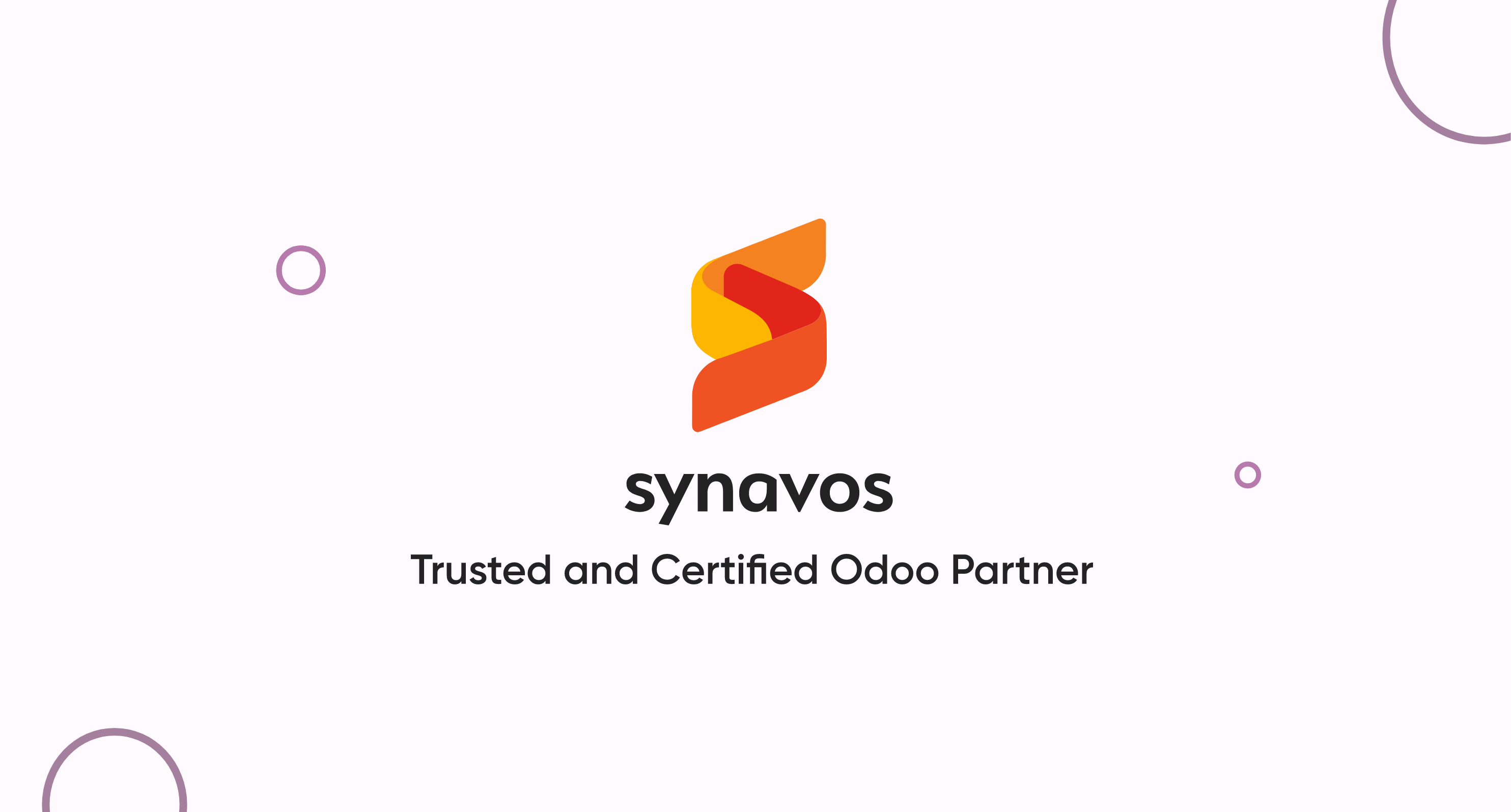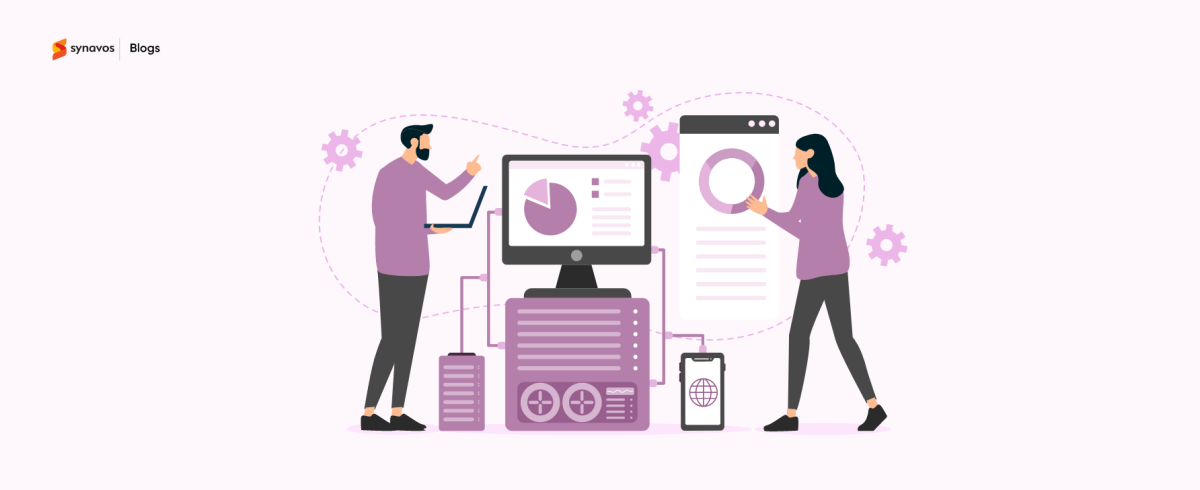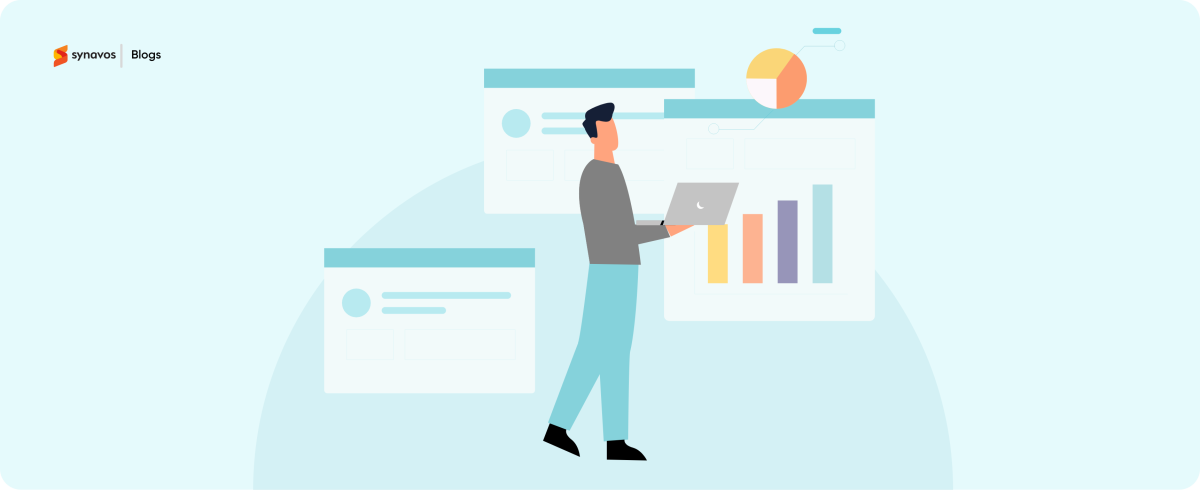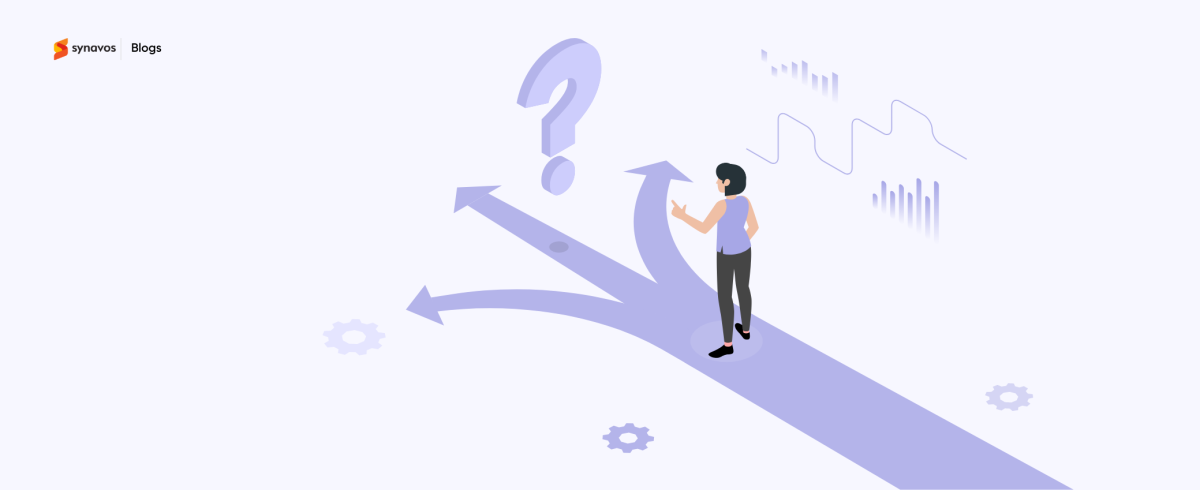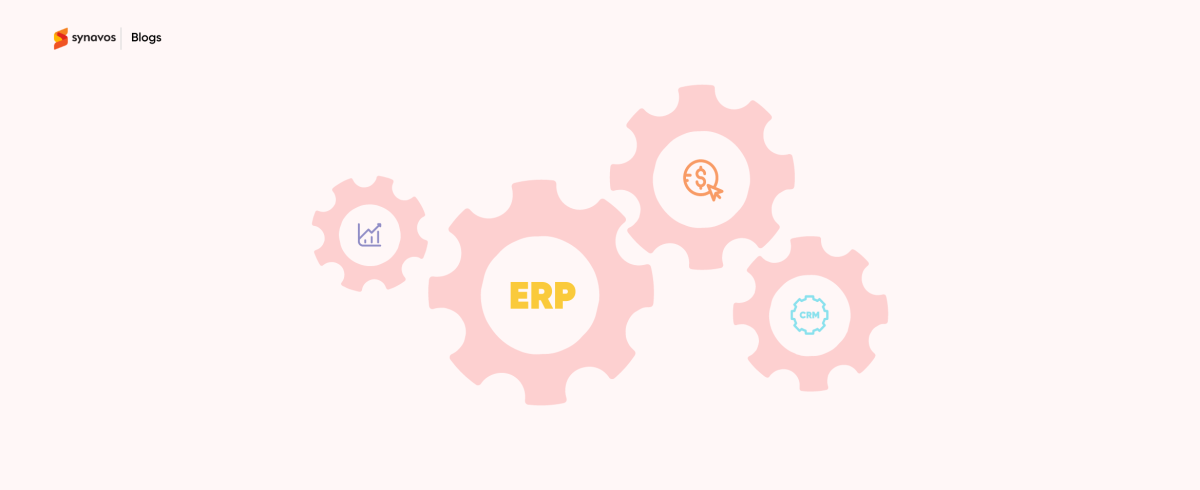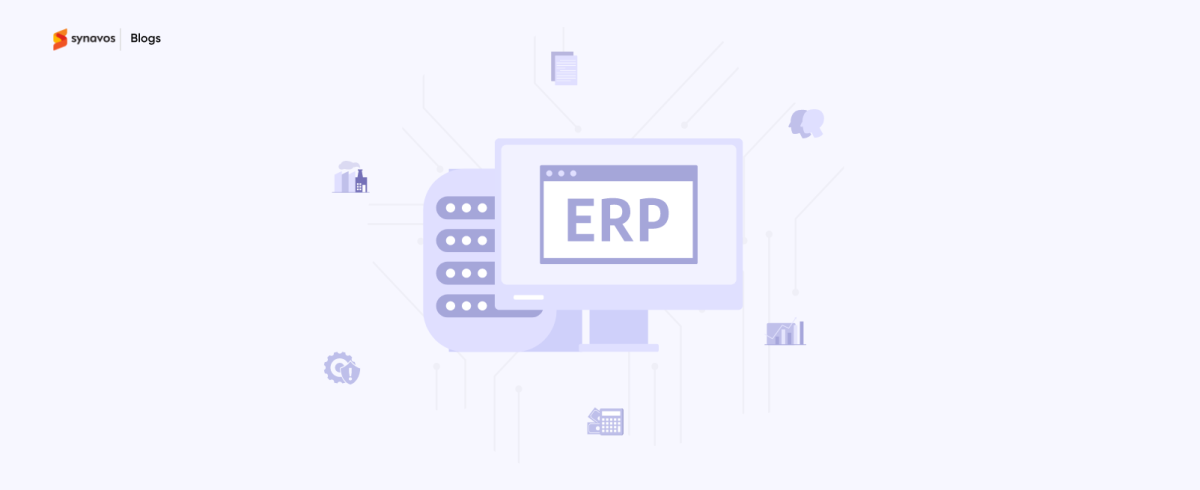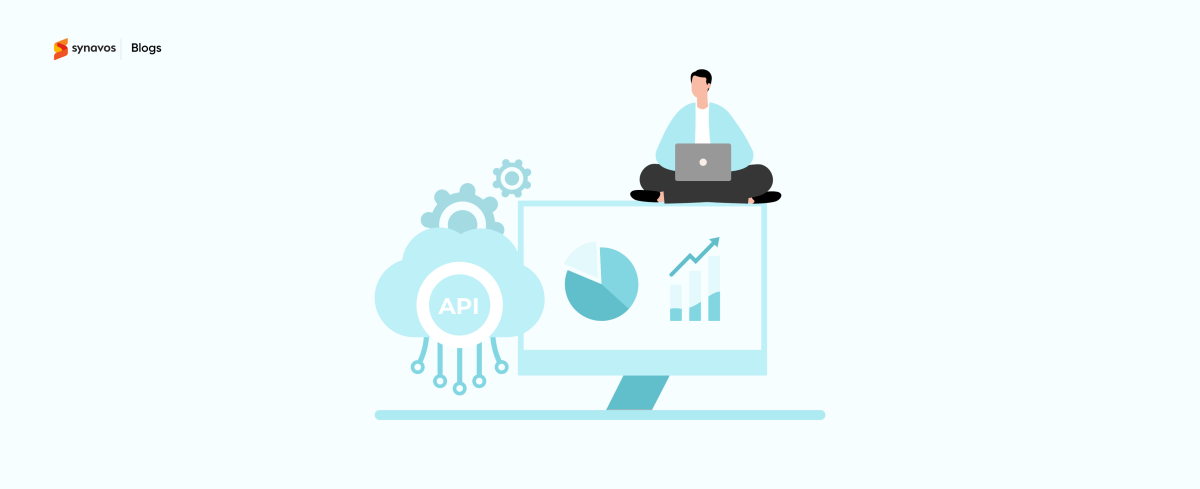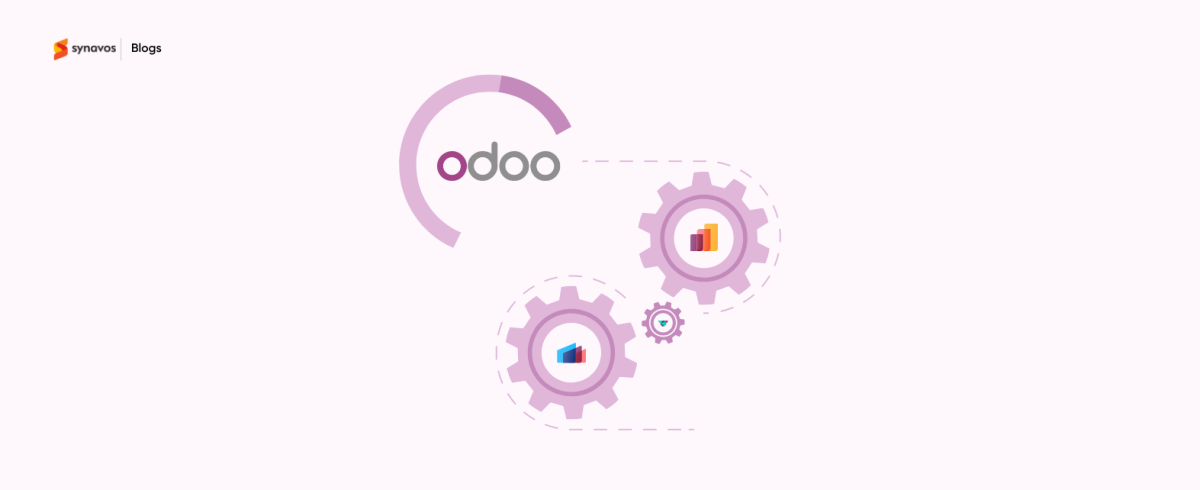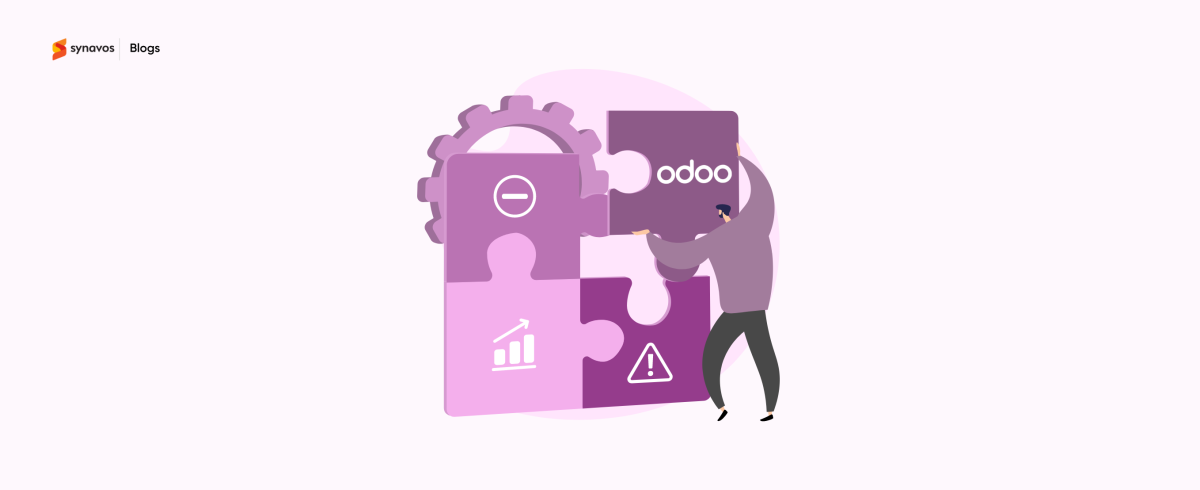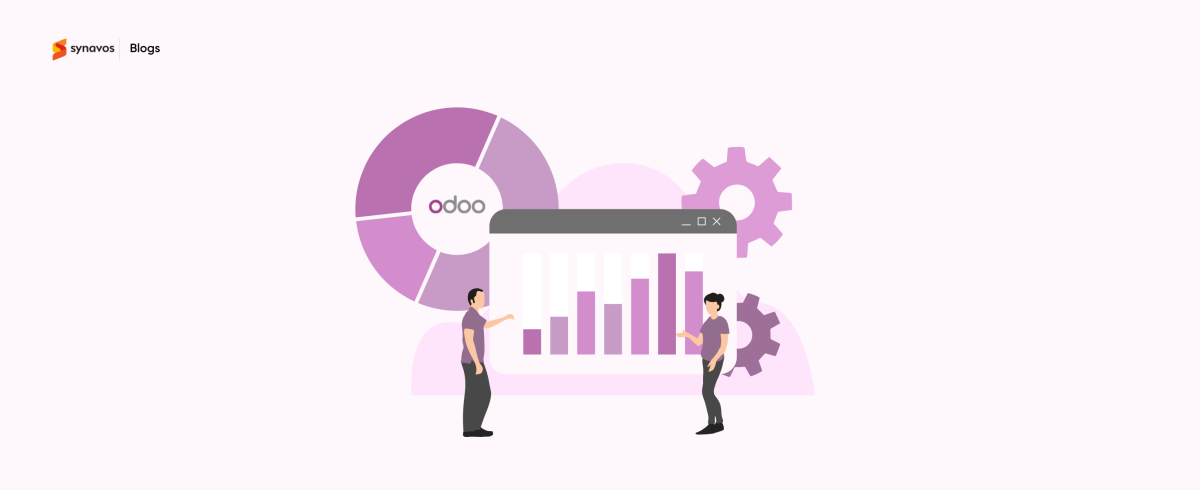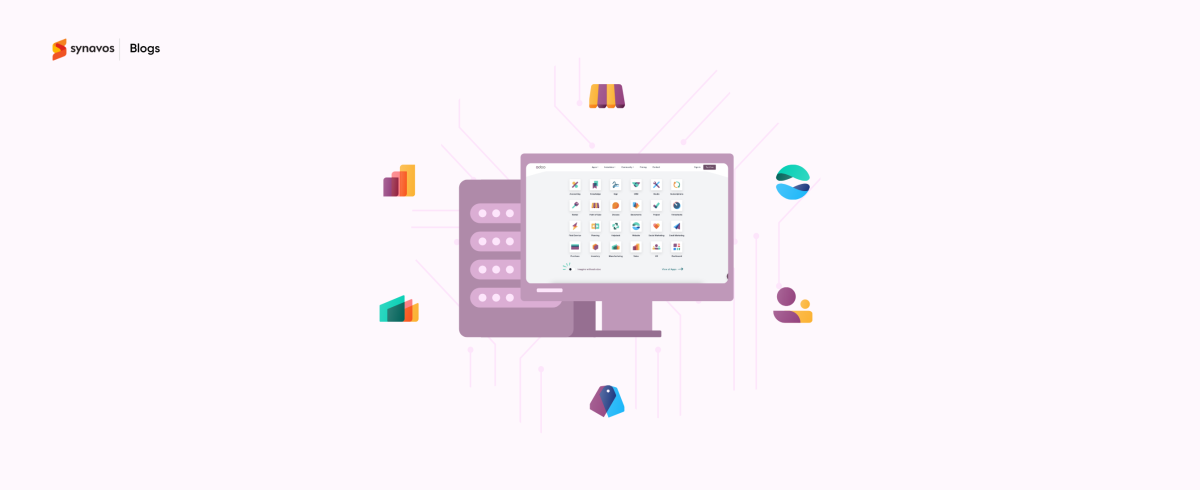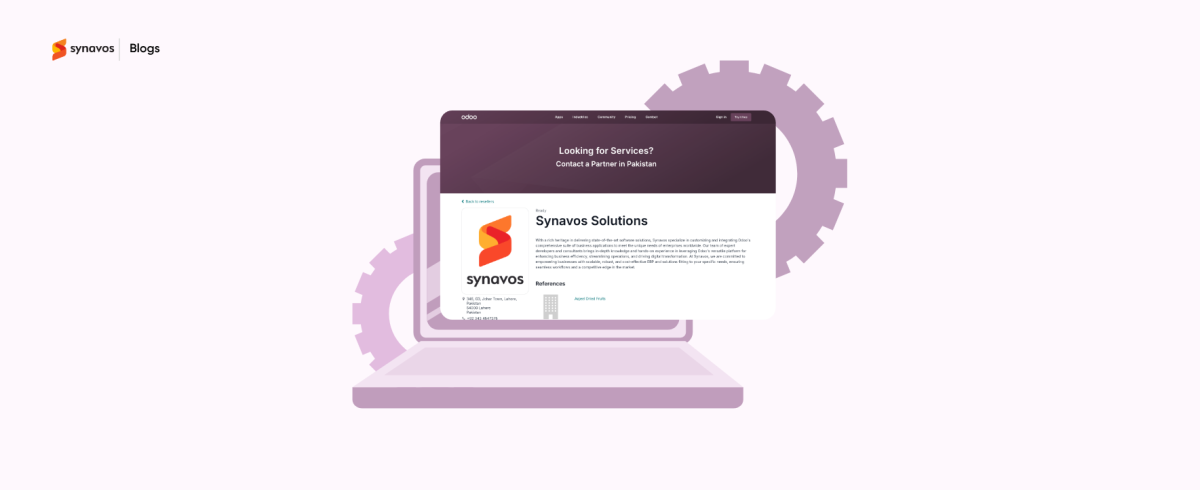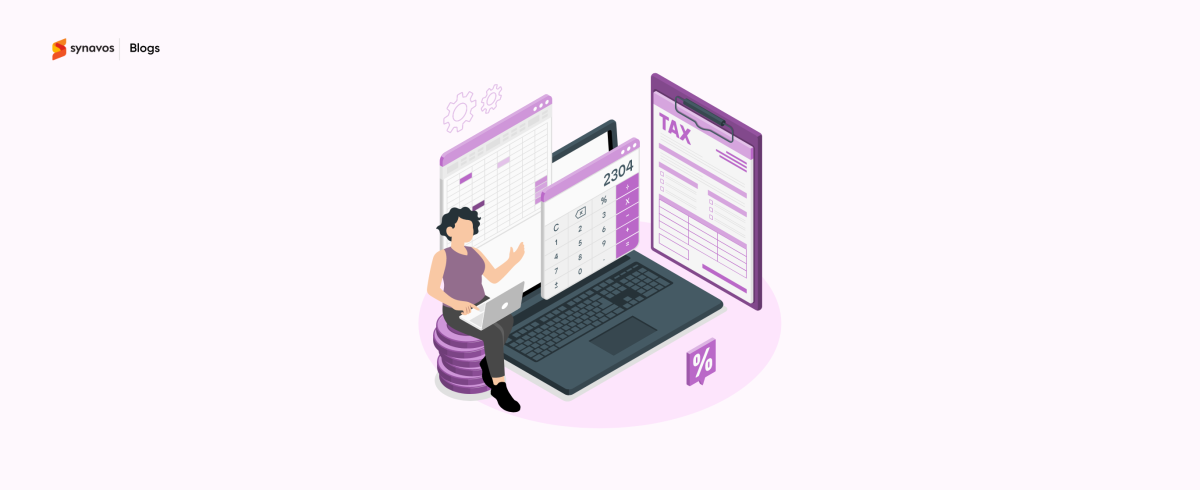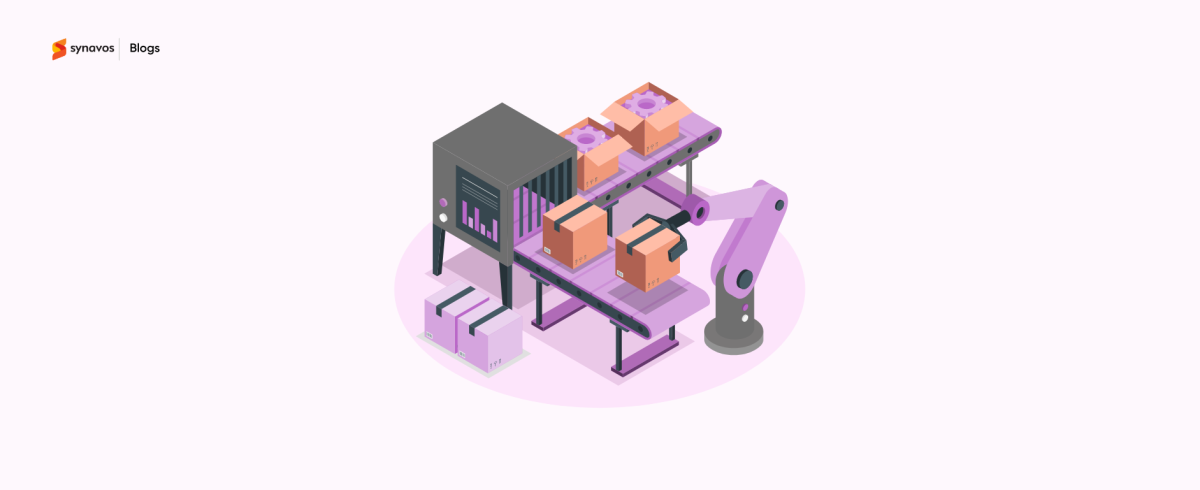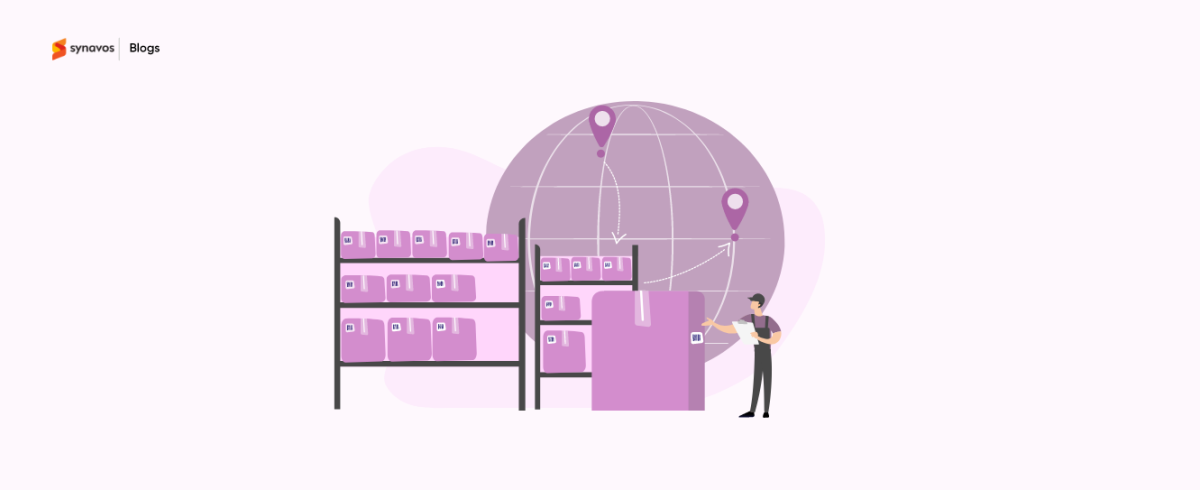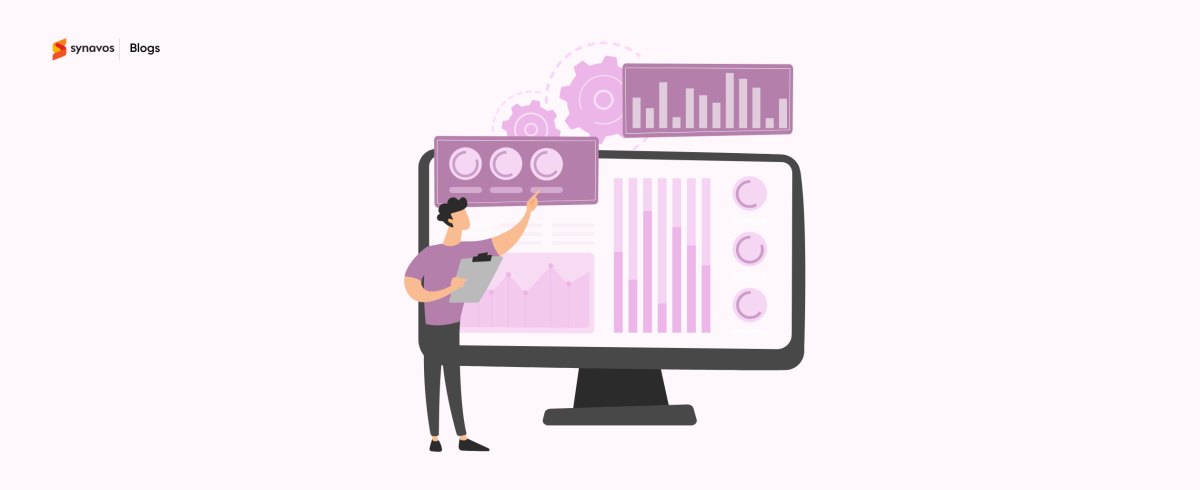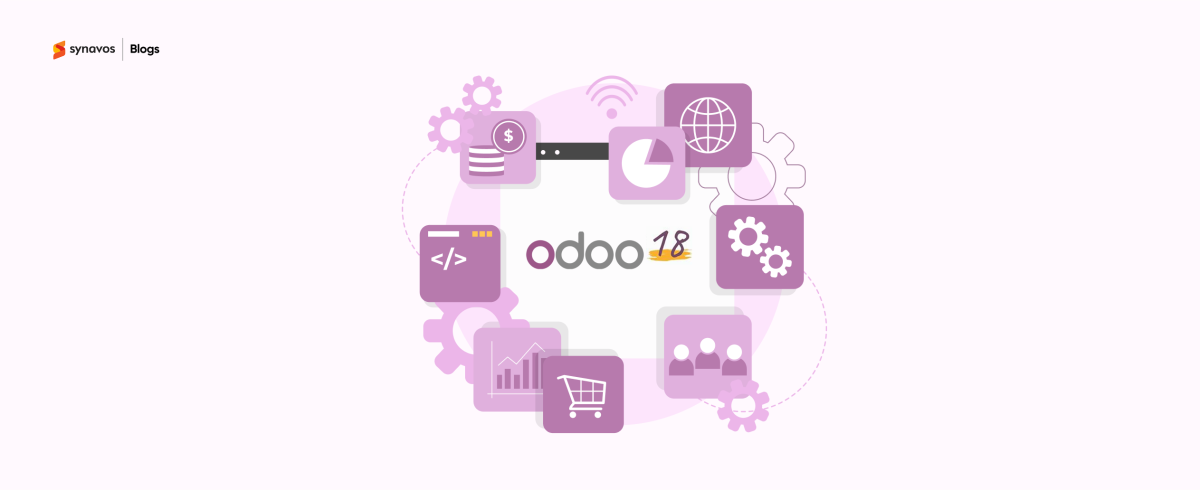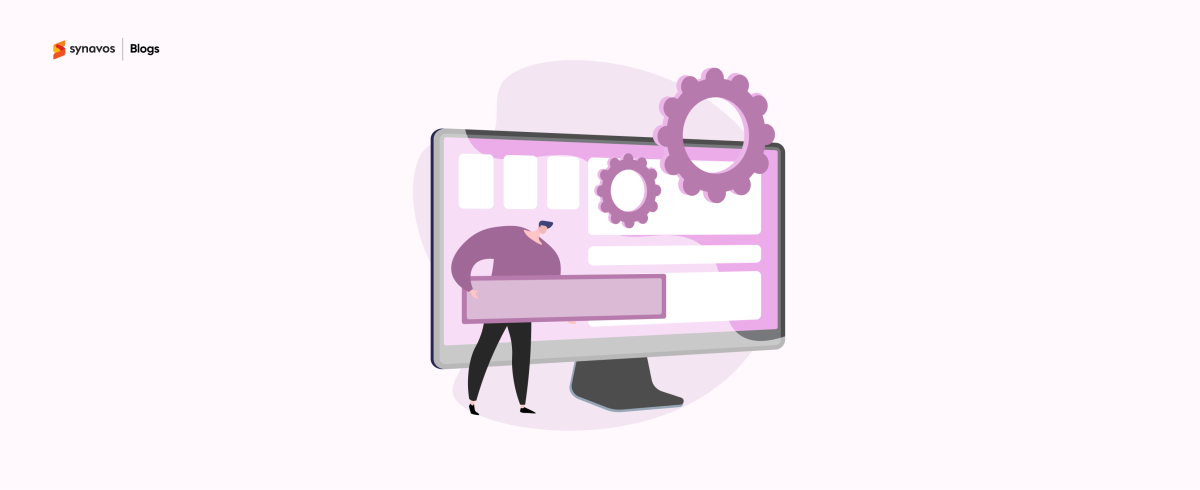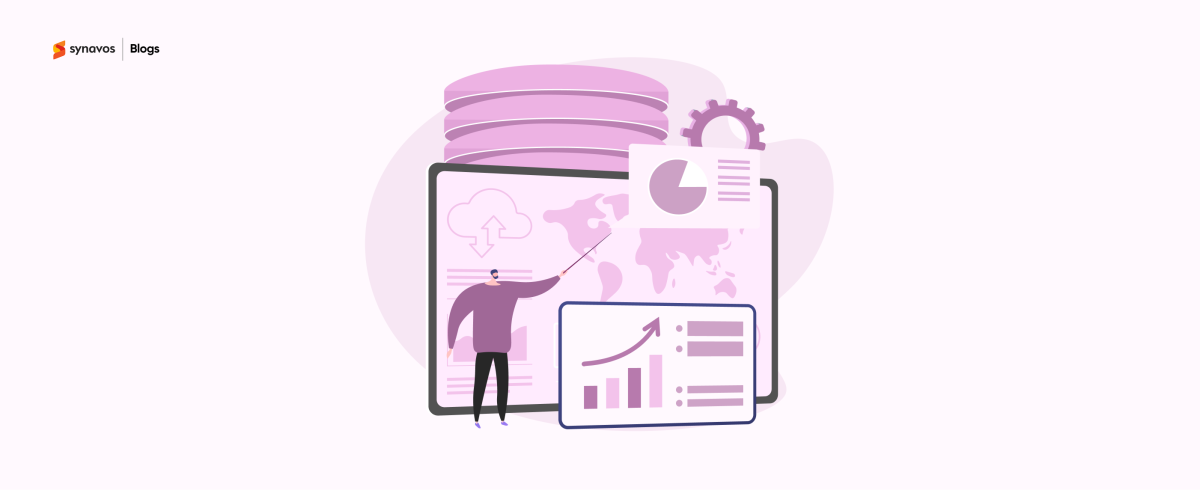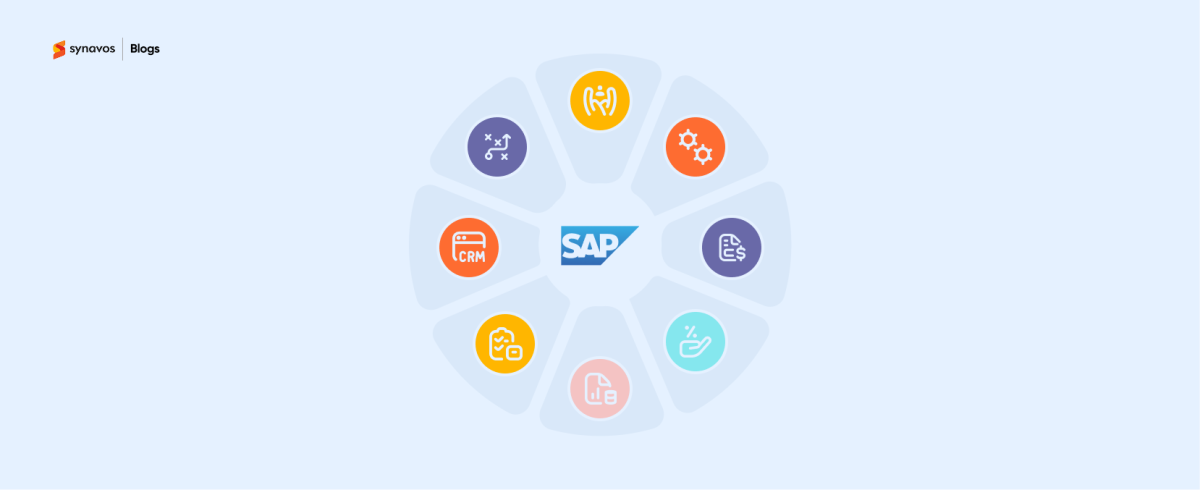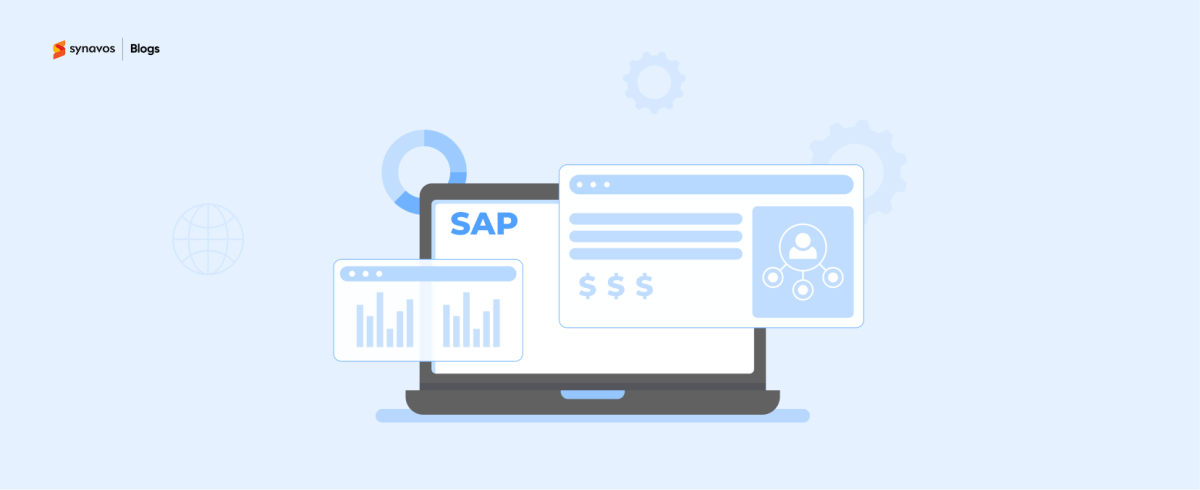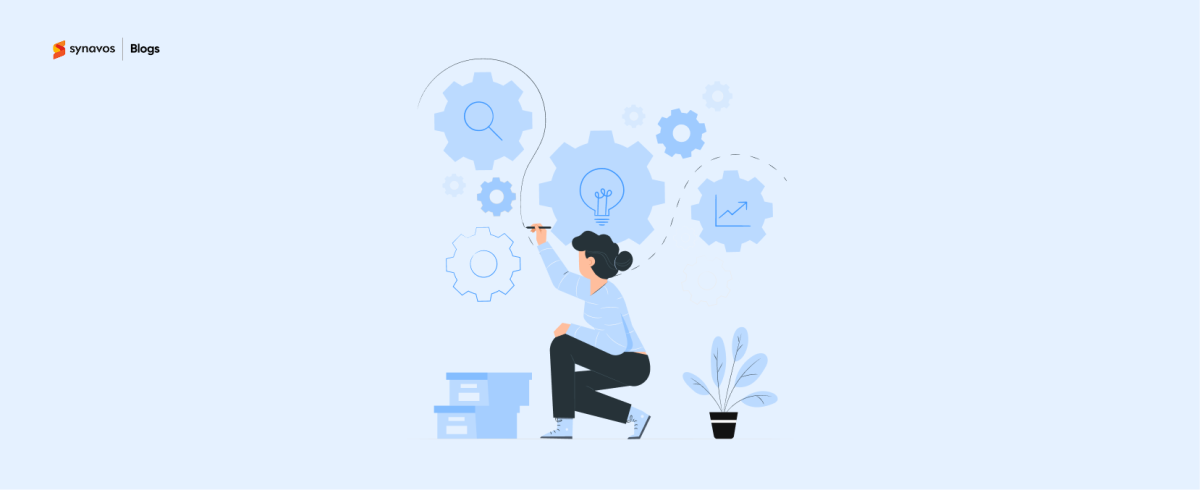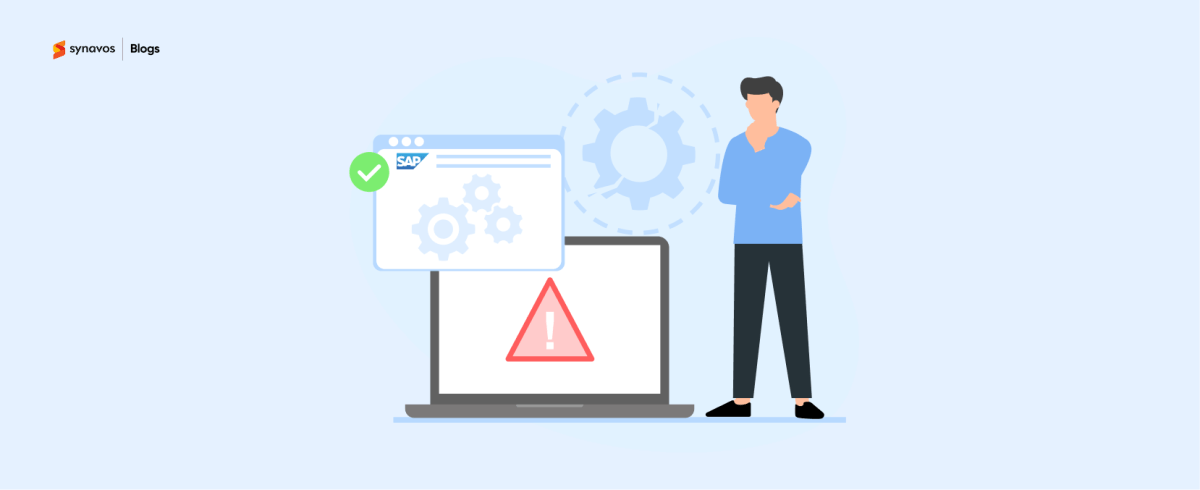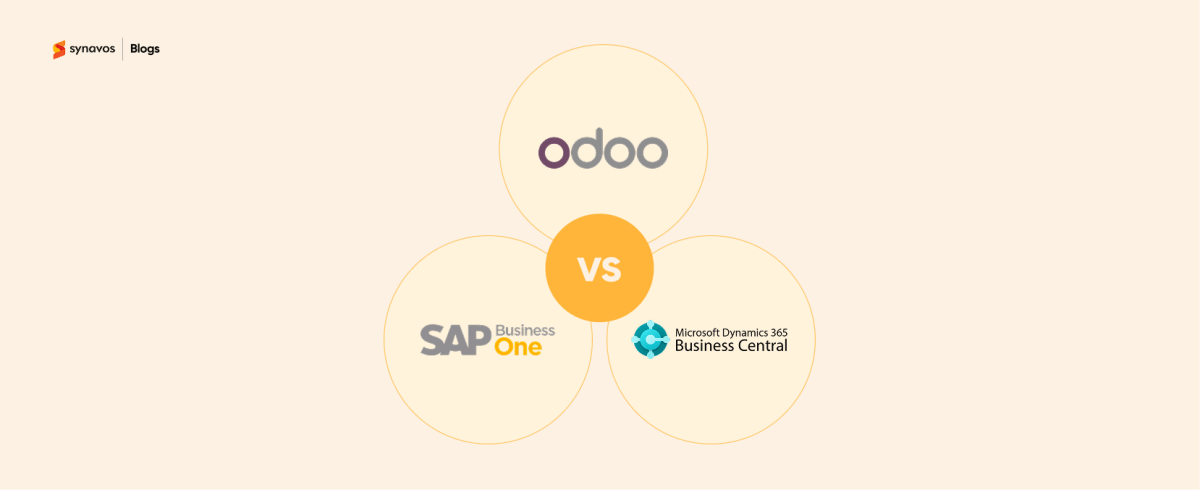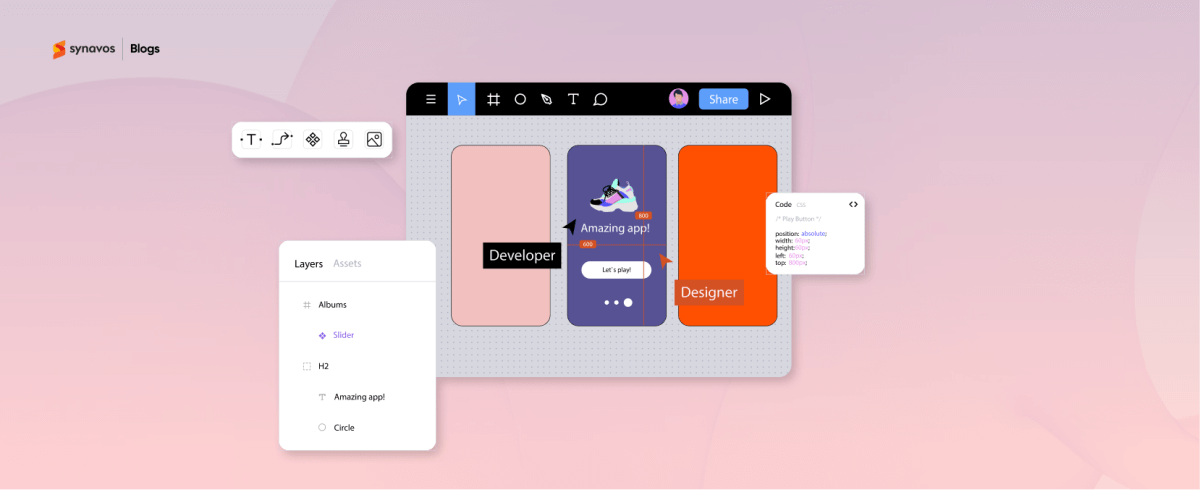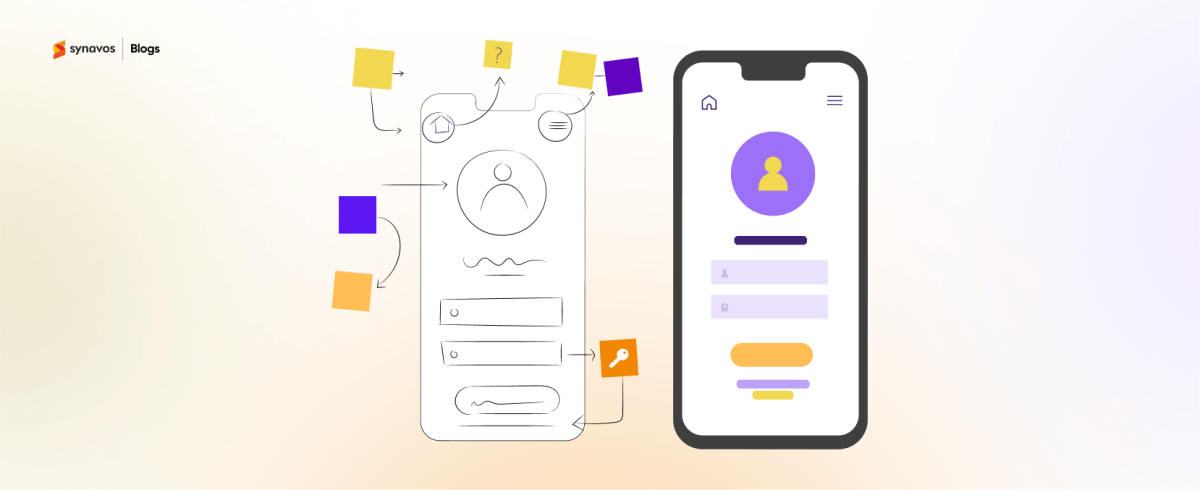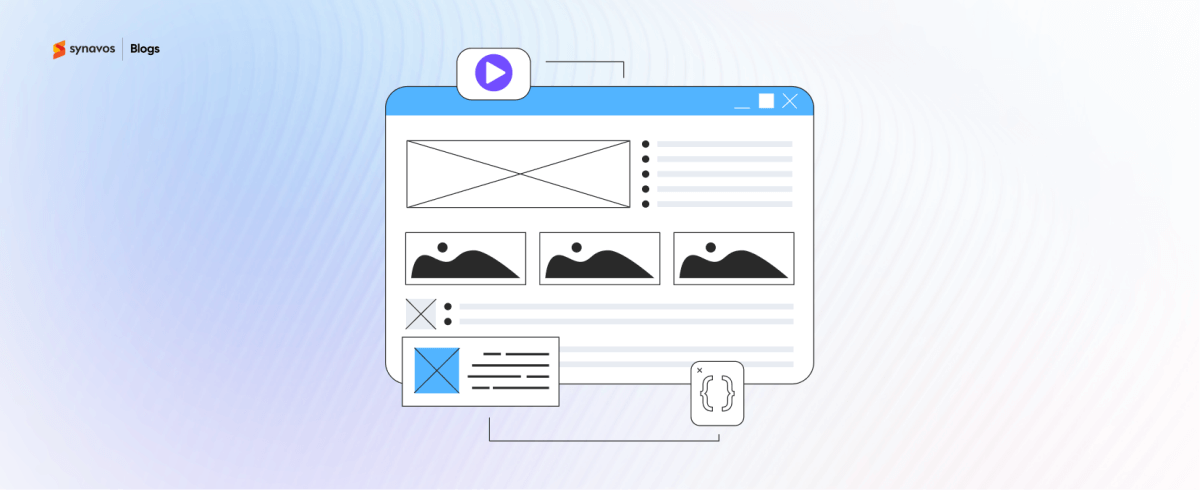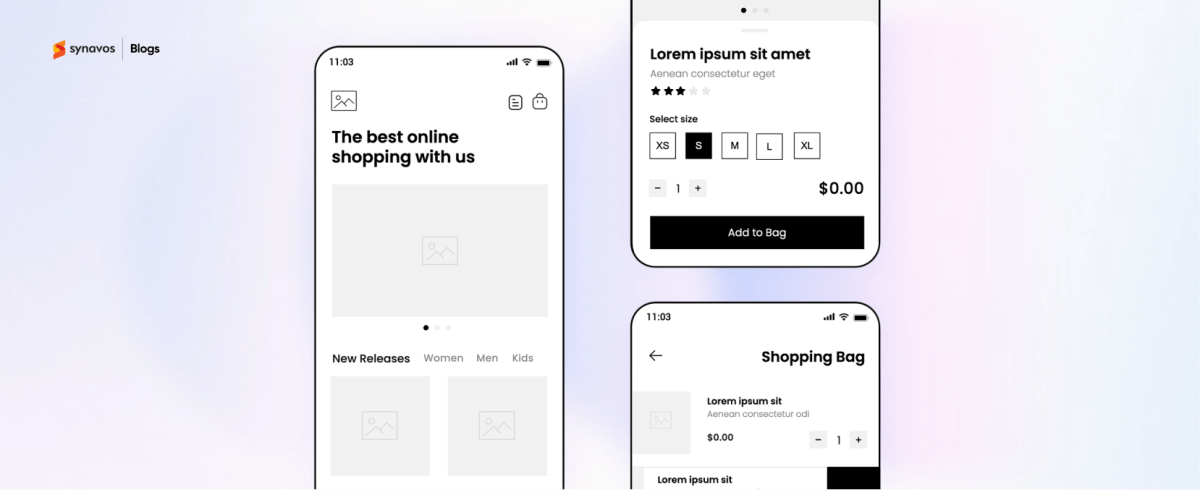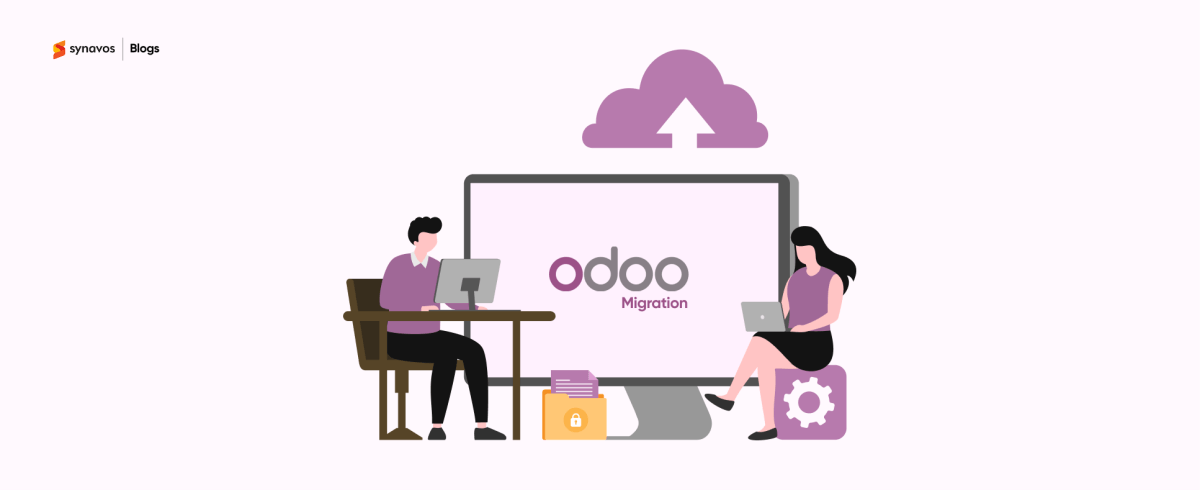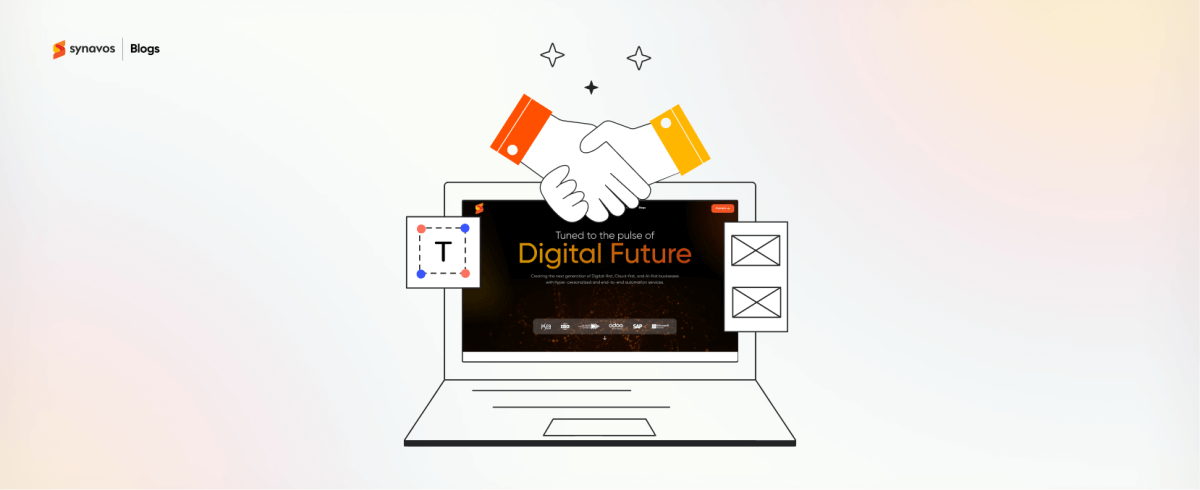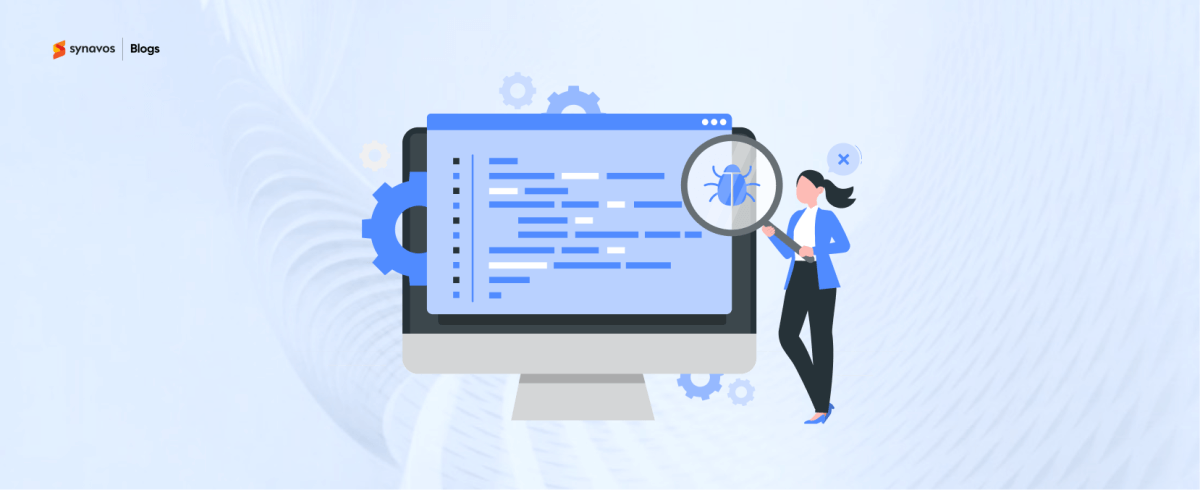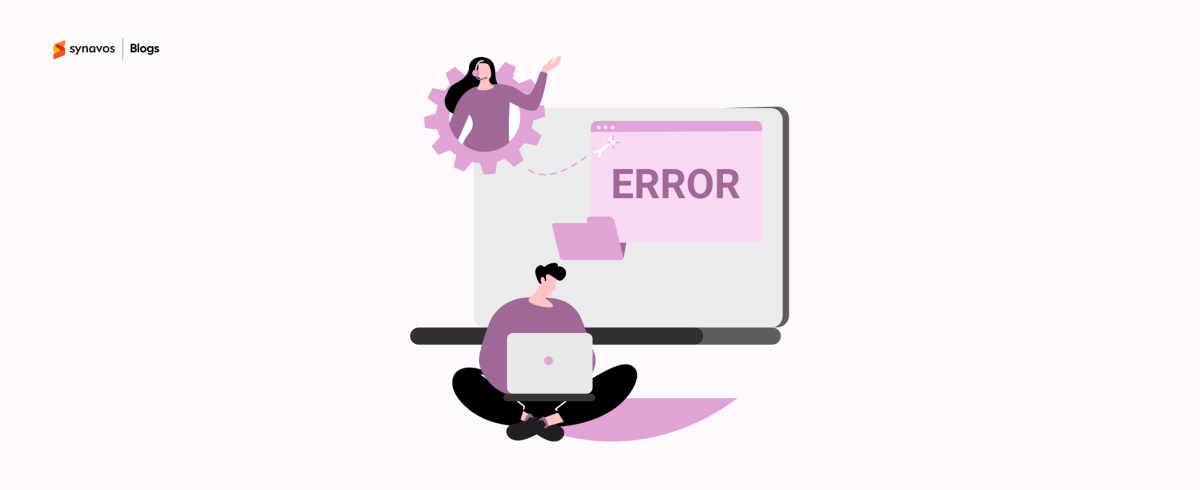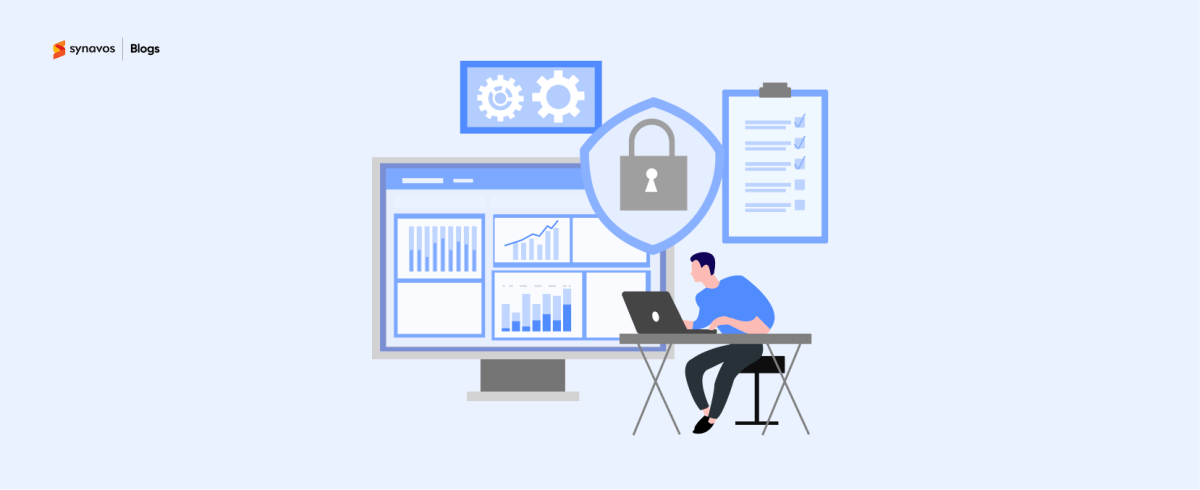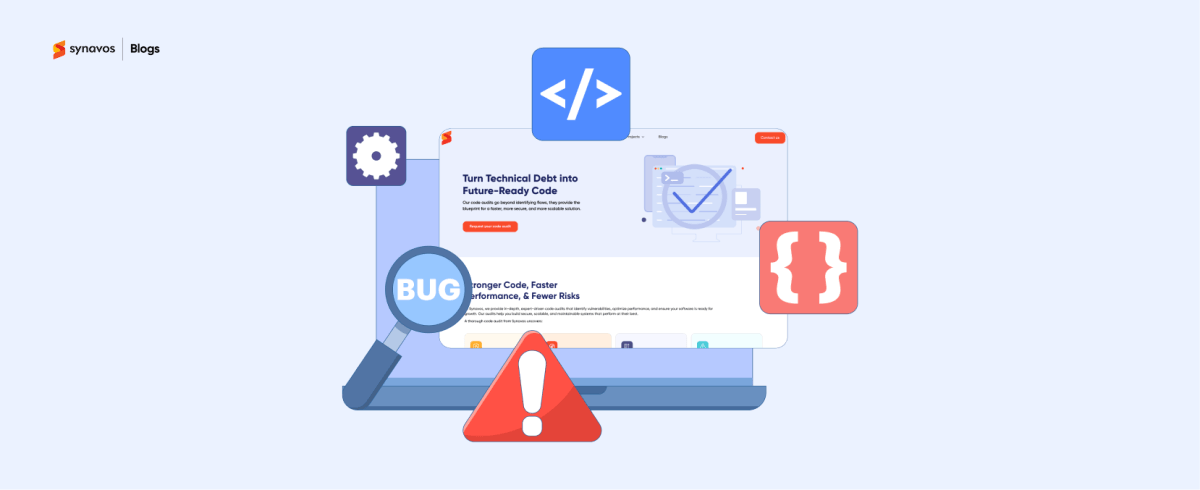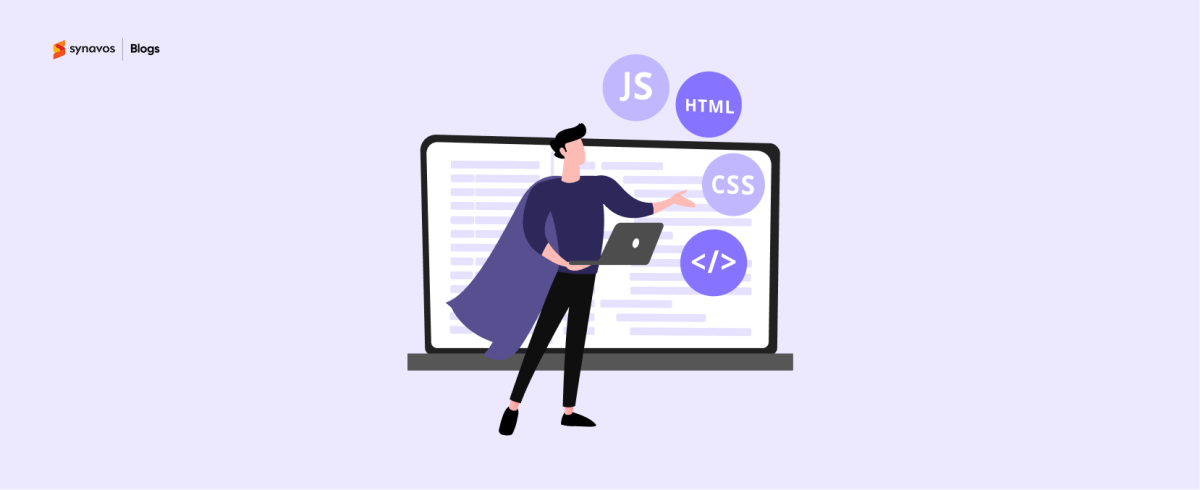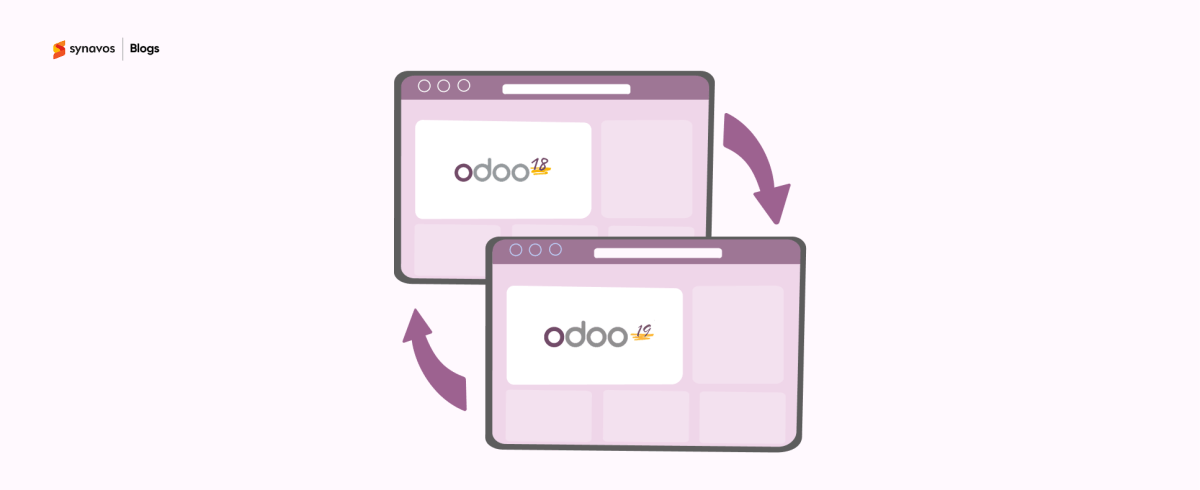The decision to implement Odoo marks the beginning of an exciting transformation for your business. With its robust features and modular approach, Odoo has the power to streamline operations, boost efficiency, and drive growth. However, like any powerful tool, its effectiveness depends greatly on how well you implement it.
In this comprehensive guide, we'll demystify the Odoo implementation process by sharing practical insights and proven strategies to help you kickstart your journey with confidence. Whether you're still in the consideration phase or ready to begin implementation, this article will equip you with the knowledge you need to move forward successfully. Let's get started!
Understanding Odoo Implementation
Odoo implementation is about aligning technology with your business goals. It involves choosing the right modules, configuring them to match your workflows, and migrating data from legacy systems. The process ensures that every department—from sales to accounting—works seamlessly within the same system.
Beyond setup, implementation includes user training and ongoing support to ensure smooth adoption. The result? Improved efficiency, fewer manual tasks, and a system that scales as your business grows.
What to Expect During Odoo Implementation
A successful Odoo implementation follows a step-by-step approach to ensure the system fits your business needs. Here’s what the process looks like:
-
Business Analysis
The process kicks off with understanding your business—its workflows, challenges, and goals. This step ensures that Odoo is tailored to meet your specific needs. A detailed analysis helps identify gaps in current processes and provides clarity on how Odoo can address them. It involves stakeholder interviews, process mapping, and identifying key performance indicators (KPIs) to measure success.
-
Solution Design
Once the requirements are clear, the system is designed with the right Odoo modules. This stage lays the foundation for how Odoo will operate within your organization. It includes creating workflows, dashboards, and reports that align with your operational structure. The design phase also involves identifying integrations with other platforms and defining user roles and permissions.
-
Data Migration
Migrating data from old systems to Odoo is critical. Clean, accurate data ensures that the new system runs without issues. This step involves mapping data fields, cleansing redundant information, and ensuring data integrity during the transfer process. It’s essential to perform multiple trial migrations to identify potential issues and resolve them before the final migration.
-
Customization & Development
No two businesses are the same. Odoo allows customization to fit unique workflows, ensuring the system works the way you do. Customizations can include new modules, user-specific dashboards, and workflow automations to streamline operations. This stage also involves developing custom reports, integrating third-party tools, and ensuring the system meets regulatory and compliance requirements.
-
Testing & Quality Assurance
Before going live, the system undergoes rigorous testing to identify and fix any issues. This includes functional testing, user acceptance testing, and performance testing to ensure the system operates smoothly under real-world conditions. Testing ensures that all customizations work as expected and that data accuracy is maintained.
-
User Training
Your team needs to feel confident using the new system. Proper training ensures smooth adoption and fewer disruptions. Training sessions focus on module usage, best practices, and troubleshooting common issues. It’s important to provide role-based training, ensuring that each user understands how to perform their specific tasks within Odoo.
-
Go-Live & Support
Once everything is ready, the system goes live. But support doesn’t end there—ongoing assistance ensures long-term success. Post-launch support includes system monitoring, performance optimization, and addressing user queries as they arise. Regular system audits and continuous improvements help maximize the value of your Odoo investment.
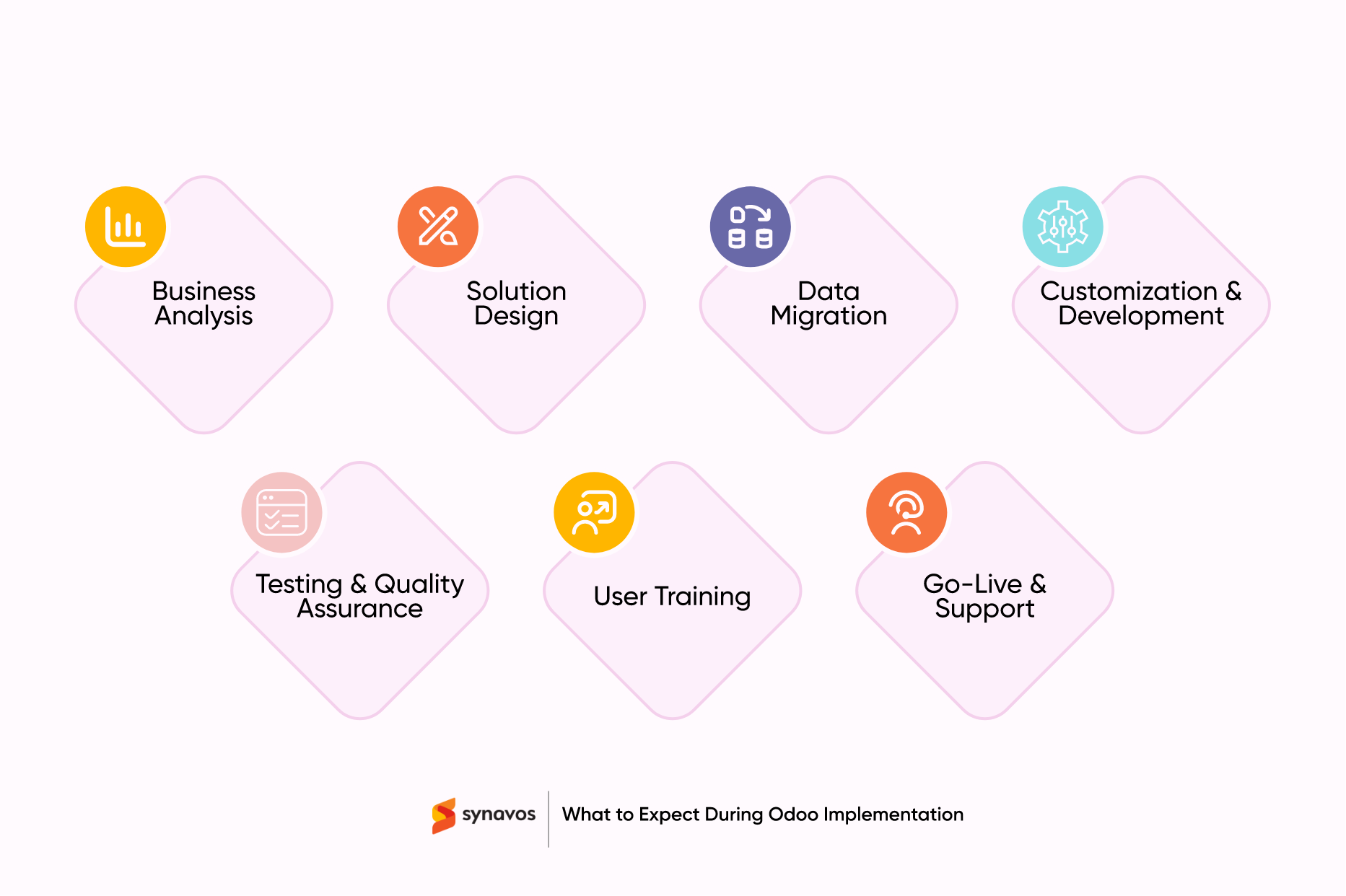
How to Get Started with Odoo Implementation
Starting your Odoo journey requires careful planning and the right partner to guide you. Here’s how to set the foundation for a smooth implementation:
-
Clearly Define Business Needs
Start by identifying pain points and goals. What do you want Odoo to solve? Conduct internal meetings with key stakeholders to outline challenges and desired outcomes. Document current workflows and identify areas for improvement.
-
Choose an Official Odoo Partner
Selecting the right Odoo partner is crucial for a successful implementation. As an official Odoo Silver Partner, Synavos brings hands-on expertise and ensures every step—from planning to post-launch support—is managed with precision. Their team tailors Odoo to fit your business processes, making the transition smooth and effective. With Synavos, you’re not just implementing software—you’re building a foundation for smarter business operations.
-
Plan the Implementation
A clear project plan with defined milestones keeps the process on track. This includes setting timelines, assigning responsibilities, and establishing checkpoints to review progress. A detailed project roadmap ensures that everyone is aligned and aware of upcoming tasks and deadlines.
-
Ensure Team Readiness
Change can be challenging, but preparing your team early makes the transition smoother. Keep stakeholders informed about the project, its benefits, and how it will simplify their work. Conduct workshops, share training resources, and create opportunities for hands-on practice. When users understand how Odoo will make their daily tasks easier, they’re more likely to embrace the new system.
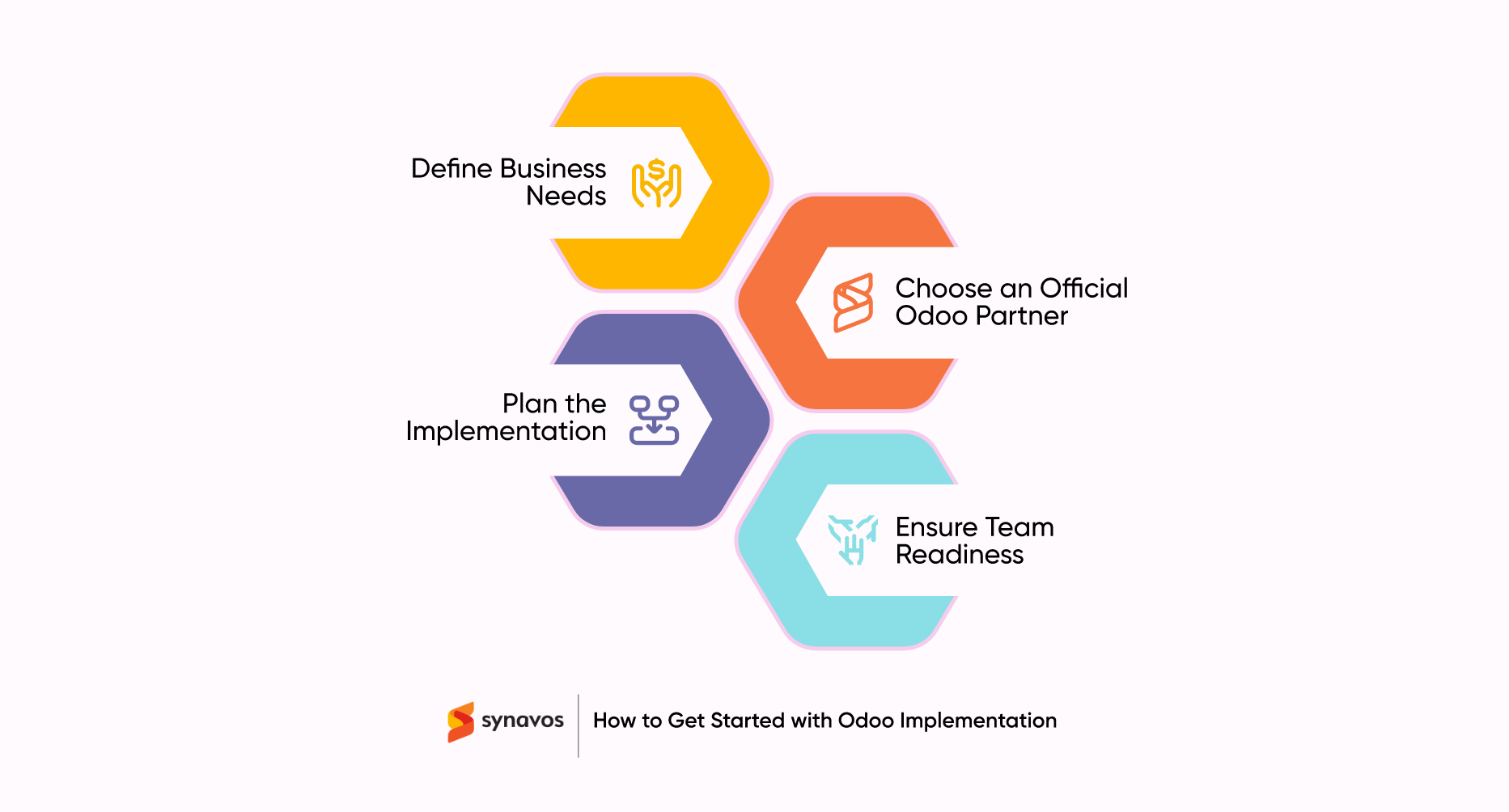
Common Challenges & How to Overcome Them
Implementing Odoo can come with a few challenges, but with the right approach, they’re easy to overcome. Here’s how to tackle the most common ones:
Data Migration Issues
Migrating data from legacy systems to Odoo can be complicated, especially if the existing data is unstructured or outdated. Incomplete or inaccurate migration can lead to operational disruptions. The key to overcoming this challenge lies in thorough data cleansing before migration. Identify redundant, duplicate, or outdated records and ensure only clean, relevant data is transferred. Conduct multiple trial migrations to catch potential issues early and validate data accuracy.
Partnering with an experienced Odoo implementation team like Synavos can make this process seamless, ensuring smooth and error-free data migration.
Resistance to Change
One of the biggest hurdles during Odoo implementation is user resistance. Employees often hesitate to adopt new systems, fearing disruption in their daily routines. To tackle this, it's important to communicate the benefits of Odoo early in the process. Show users how it will simplify their tasks rather than complicating them. Hands-on training, workshops, and continuous support can ease the transition.
When users see how Odoo improves efficiency and reduces manual work, their resistance naturally fades.
Customization Overload
While Odoo offers extensive customization options, over-customizing can complicate the system, making it harder to manage and upgrade. The best approach is to stick to standard modules wherever possible and customize only where it adds significant value to your operations. Prioritize essential customizations and phase them out over time instead of implementing everything at once.
Working with a trusted Odoo partner like Synavos ensures you strike the right balance between customization and system simplicity.
Integration Hurdles
Integrating Odoo with existing systems, like accounting software or third-party platforms, can be tricky if not planned properly. Integration failures often result from mismatched data formats or incompatible APIs. The solution lies in thorough system analysis before implementation. Identify all required integrations and ensure compatibility with Odoo.
With Synavos, an experienced Odoo partner, you will be able to build seamless integrations, perform end-to-end testing, and ensure smooth data flow among platforms.
Budget Overruns
ERP implementations can sometimes exceed the initial budget if the project scope isn’t well-defined. Unplanned customizations, extended timelines, and unexpected challenges contribute to higher costs. To prevent budget overruns, start with a detailed project plan that outlines clear milestones, timelines, and deliverables. Ensure that all stakeholders are aligned on the project scope and avoid last-minute changes.
Choosing an official Odoo partner like Synavos helps you stay within budget, thanks to our structured project management approach and transparent communication.
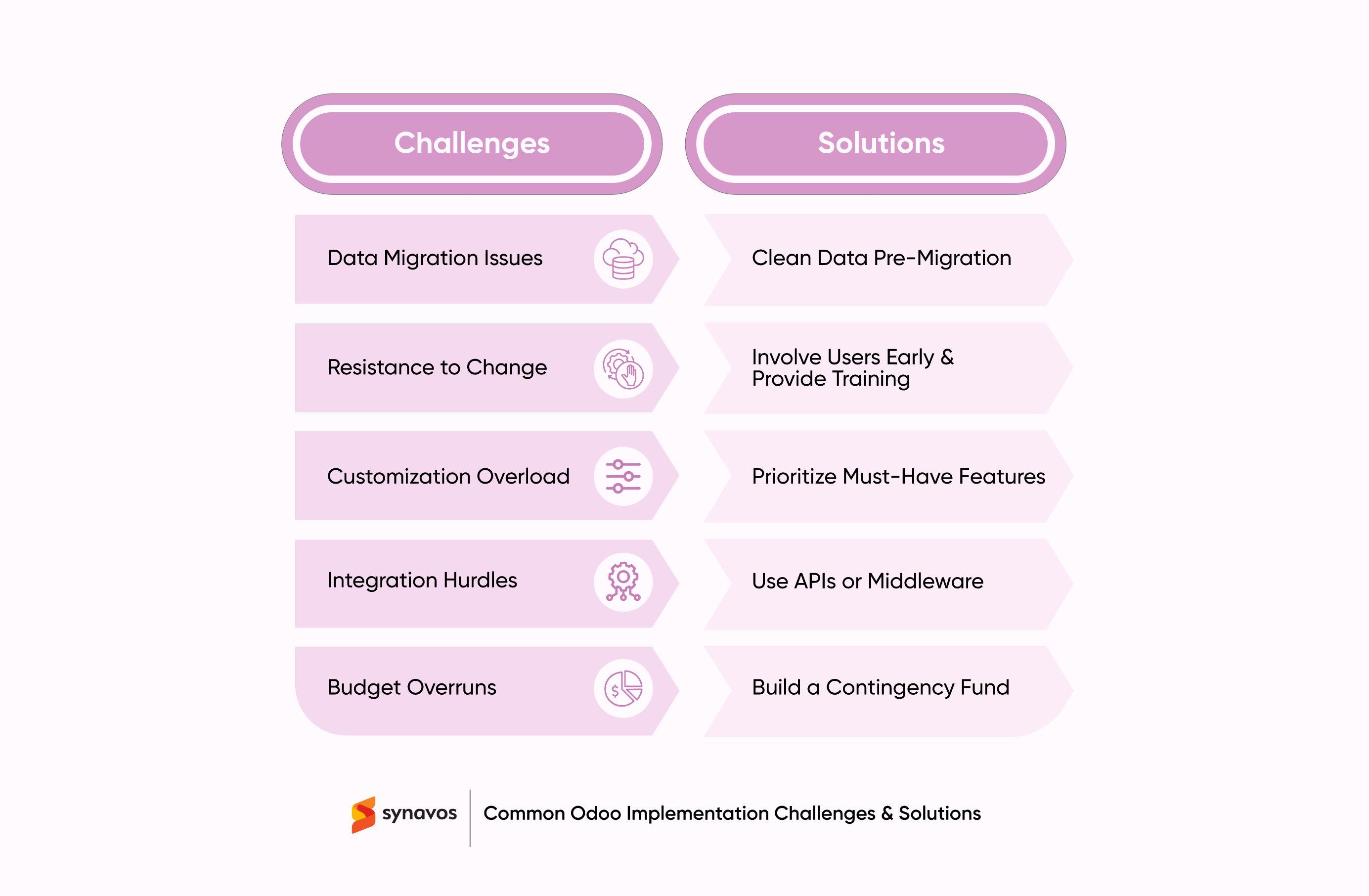
Conclusion: Making the Most of Your Odoo Implementation
Odoo implementation is a journey that, when approached strategically, leads to significant operational improvements. With careful planning, user involvement, and the support of a trusted partner like Synavos, you can ensure a smooth transition and start experiencing the benefits of an integrated business management system.
Partner with Synavos for a Hassle-Free Odoo Implementation
Synavos has quickly climbed to Odoo Silver Partner status by helping businesses across the Middle East and Pakistan implement Odoo solutions that actually work for them. We handle everything from setup and customization to data migration and user training. Our team ensures your operations run smoothly from day one, with ongoing support to keep things on track.
Reach out to Synavos today and see how we can transform your business with Odoo!